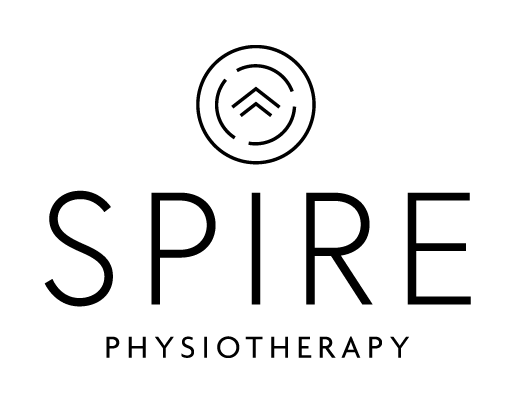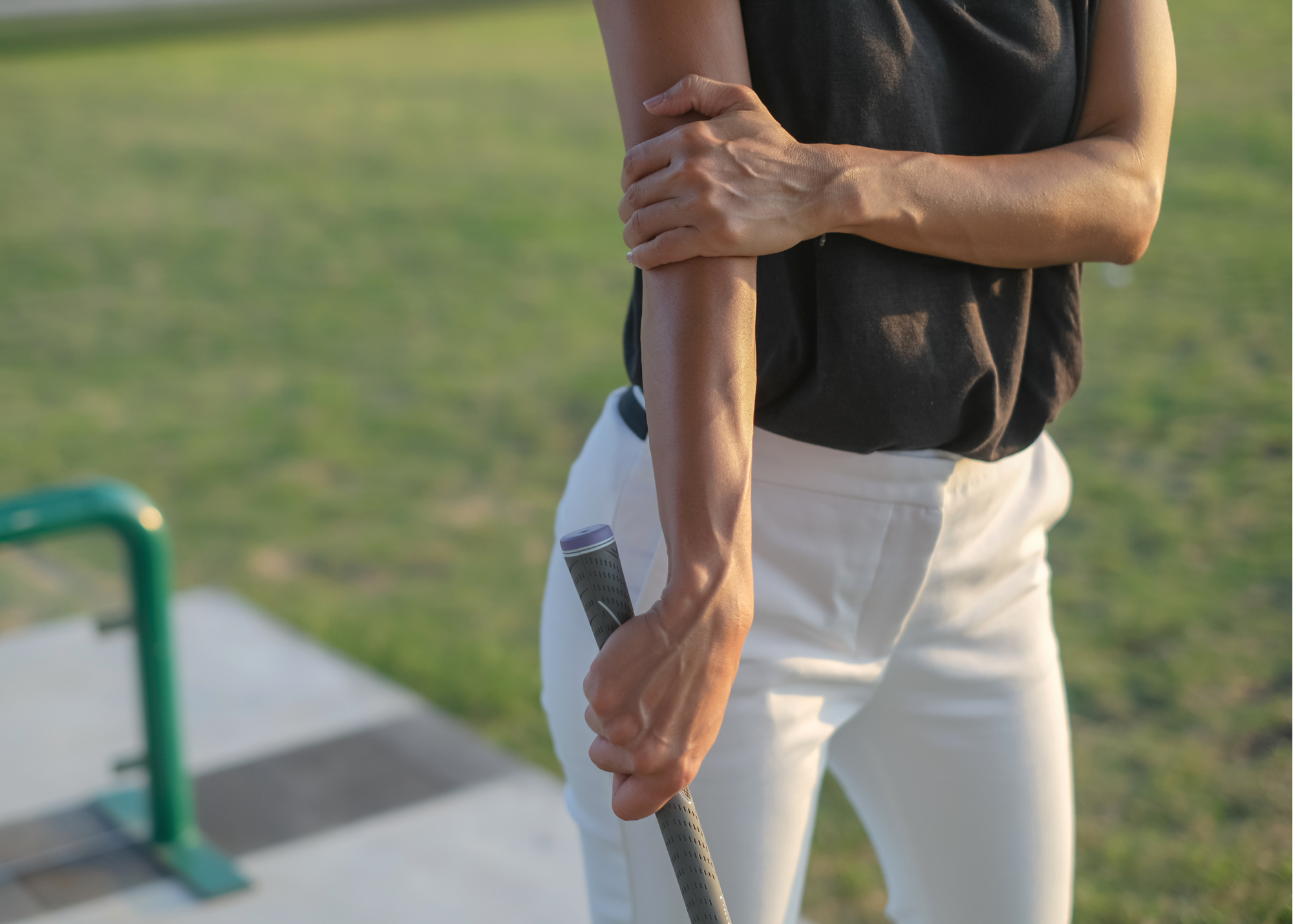LET’S TALK GOLF
Let’s Talk Golf
Golf may appear as a low-impact sport, but it places significant physical demands on the body. The golf swing is a highly complex, full-body movement that requires strength, mobility, coordination, and balance. Walking 18 holes of golf typically gets you 12,000-16,000 steps in your day. For both amateur and seasoned golfers, physiotherapy can play a key role in injury prevention, performance enhancement, and overall longevity in the sport.
Golfers may be prone to certain injuries due to the repetitive and rotational nature of the sport. Some of the most common include:
Low Back Pain
Shoulder Impingement or Rotator Cuff Strain
Golfer’s Elbow (Medial Epicondylalgia) or Tennis Elbow (Lateral Epicondylalgia)
Knee Arthropathy (Flaring of Osteoarthritis)
Wrist Overuse Injuries
These issues often arise from poor swing mechanics, muscle imbalances, or limited mobility in key joints including the hips, thoracic spine, and shoulders.
Physiotherapists assess how your body moves and identify limitations that could be affecting your swing or increasing your risk of injury. A golf-focused physiotherapy treatment plan may include:
Movement assessment: Analysis of posture, mobility, and muscle activation patterns common in a golf swing.
Manual therapy: Hands-on techniques to improve joint mobility and reduce muscle tension. Tools like joint mobilizations, massage, dry needling or acupuncture can be used, if deemed appropriate.
Exercise prescription: Targeted exercises to improve core control, spinal rotation, hip stability, and shoulder control.
Education: Guidance on swing mechanics, warm-up drills, and recovery strategies tailored to your body and goals.
By enhancing joint mobility and muscle control, physiotherapy can make your swing more efficient and reduce strain on vulnerable tissues. For example, improved thoracic spine rotation and hip mobility can reduce compensatory stress on the lower back.
Optimizing movement and pressure control can help prevent injuries but it can also improve performance. Generating efficient power in the golf swing requires effective transfer of force from the ground up through the legs, core, and upper body. Physiotherapy can address any “leaks” in the kinetic chain by enhancing coordination, balance, and dynamic control.
In one study examining golfers undergoing a 6-week golf-specific exercise program, participants showed significant improvements in clubhead speed, driving distance, and muscular endurance—all key markers of performance (Doan et al., 2006).
Whether you're playing once a week or training competitively, physiotherapy can be tailored to your level of play and physical condition. Programs can also be modified around pre-existing conditions like arthritis, previous injuries, or surgical recovery.
Moreover, preventative care is just as important. Golfers often overlook physical maintenance until pain develops. A proactive approach can keep your swing strong and your game enjoyable for years to come.
Golf is a game of precision, control, and consistency—all of which rely on the body moving well. Physiotherapy provides an evidence-informed way to support those demands, helping golfers of all levels reduce injury risk, optimize movement, and enhance performance.
Book your Physiotherapy Assessment Today
References:
Doan, B. K., Newton, R. U., Kwon, Y. H., & Kraemer, W. J. (2006). Effects of a 6-week golf-specific training program on physical characteristics, swing mechanics, and golf performance in recreational golfers. The Journal of Strength & Conditioning Research, 20(1), 62–72.




